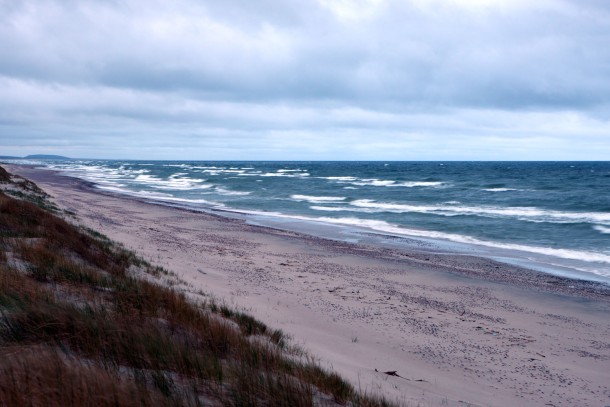28.10.2011 | News

A grant from NEFCO’s and the Nordic Investment Bank’s joint Baltic Sea Action Plan Fund to the Swedish Water and Wastewater Association (SWWA) is laying grounds for a number of investment projects which will reduce nitrogen and phosphorus discharges to the Baltic Sea.
The project covers studies in five different wastewater plants around Sweden, including two of the country’s biggest plants in Stockholm. The main goal is to reduce nitrogen and phosphorus discharges to the Baltic Sea.
“The wastewater plants are of varying sizes. They range from Henriksdals Wastewater Treatment Plant in Stockholm, treating wastewater from about 700,000 persons, to a new plant in Åtvidaberg in southern Sweden covering less than 10,000 people,” says Daniel Hellström, Research Manager at SWWA.
“Different plants need different methods for optimal results and the demonstration project is about finding the most suitable method for each wastewater plant,” he continues.
The grant funding totalling SEK 7.5 million from the BSAP Fund pays for studies to develop the wastewater plants to further reduce discharges of phosphorus and nitrogen.
“The demonstration projects will help spot the right areas for further investments,” Mr Hellström says, adding that more than SEK 700 million will eventually be invested in these wastewater plants.
“These investments will then result in decreased discharges of nitrogen and phosphorus and will contribute to Sweden meeting its Baltic Sea Action Plan commitments by covering 25% of the wastewater plant’s share of the Swedish discharge quota of nitrogen,” Mr Hellström continues.
Anders Alm, Senior Manager responsible for the BSAP Fund, says the demonstration projects are at the core of what the fund should be used for.
“The projects include both large and smaller wastewater treatment plants and have a good technical difference from wetlands to new and relatively advanced nitrogen removal processes. If planned investments are realised the expected effect is a decrease of 700 tonnes of nitrogen per year, 1.4 tonnes of phosphorus per year and 24 tonnes of suspended substance per year,” Mr Alm explains.
He adds that the coordination through SWWA provides good opportunities for distributing the results about nitrogen removal more widely among wastewater plants, both in Sweden and other Baltic countries.
And the Baltic Sea needs all the attention it can get. According to Mr Hellström, even when the nitrogen and phosphorus discharges are removed it would take 40-50 years before the phosphorus level in the Baltic Sea is acceptable, as there is so much phosphorus on the sea bottom.
“SWWA is Sweden’s biggest environmental organisation. We are working for clean water, whether it is drinking water or the Baltic Sea,” Mr Hellström concludes.